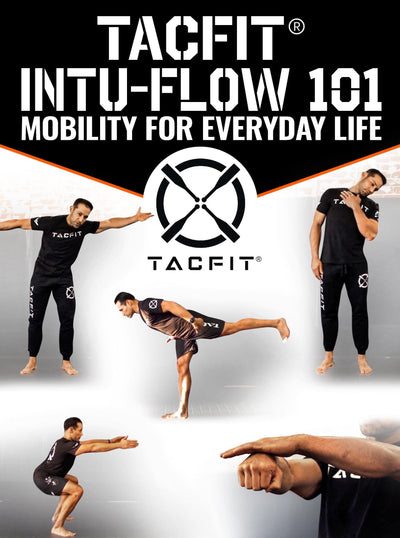Kettlebell Deadlift vs Barbell
Strength training is a vital component of any well-rounded fitness routine. When it comes to building lower body strength, the deadlift is often considered the king of exercises. Traditionally performed with a barbell, the deadlift targets multiple muscle groups, including the posterior chain. However, in recent years, kettlebell deadlift variations have gained popularity due to their unique benefits and versatility. In this blog, we will explore the key differences between the kettlebell deadlift vs barbell deadlift, and introduce you to some important kettlebell deadlift variations.
What this article covers:
- Barbell Deadlift: Lifting Heavy Loads with Precision
- Kettlebell Deadlift: Enhancing Stability and Mobility
- Staggered Kettlebell Deadlift
- Kickstand Deadlift Kettlebell
- Kettlebell Deadlift Row
- Kettlebell RDL (Romanian Deadlift)
- Double Kettlebell Deadlift
Barbell Deadlift: Lifting Heavy Loads with Precision:
The barbell deadlift is a classic exercise that focuses on strength, power, and stability. Here's an overview of the key aspects of the barbell deadlift:
Technique: The barbell deadlift involves standing with the feet hip-width apart, gripping the barbell with an overhand grip, and maintaining a neutral spine position throughout the movement.
Load Capacity: With the ability to add larger plates to the bar, the barbell deadlift allows for heavier loads to be lifted, making it ideal for those looking to increase their overall strength.
Muscle Recruitment: The barbell deadlift primarily targets the posterior chain, including the glutes, hamstrings, and lower back muscles, while also engaging the quadriceps and core.
Kettlebell Deadlift: Enhancing Stability and Mobility:
Kettlebell deadlifts provide unique advantages that differ from the barbell deadlift. Let's take a closer look at the kettlebell deadlift and its variations:
Staggered Kettlebell Deadlift
The staggered kettlebell deadlift variation involves standing with the feet in a staggered position, with one foot slightly behind the other. By shifting the load to one side, the staggered kettlebell deadlift helps develop unilateral strength and stability.
Kickstand Deadlift Kettlebell
In the kickstand deadlift kettlebell, one foot is placed flat on the ground, while the other foot is positioned on the toes behind the body. This variation emphasizes balance and requires increased activation of the glutes and core to maintain stability.
Kettlebell Deadlift Row
The kettlebell deadlift row can be done by adding an extra movement to the traditional kettlebell deadlift, the row component incorporates the muscles of the upper back, including the rhomboids and lats, in addition to the lower body muscles targeted by the deadlift.
Kettlebell RDL (Romanian Deadlift)
The kettlebell RDL is a hip hinge movement that primarily targets the glutes and hamstrings. The kettlebell is held in front of the body, enhancing the focus on the posterior chain.
Double Kettlebell Deadlift
The double kettlebell deadlift is an advanced variation involving performing the deadlift with two kettlebells, one in each hand. It challenges the grip strength, stability, and coordination while significantly increasing the load on the posterior chain.
Both the kettlebell deadlift and the barbell deadlift have their unique benefits and applications in strength training. The barbell deadlift allows for heavier loads and precise control, making it an excellent choice for powerlifting and overall strength development. On the other hand, kettlebell deadlift variations offer versatility, improved stability, unilateral strength development, and increased mobility. They can be particularly useful for individuals seeking functional strength, improved balance, and overall athletic performance.
To maximize the benefits of deadlift training, it is recommended to incorporate both kettlebell and barbell variations into your workout routine. Consult with a fitness professional to ensure proper form and progression as you explore the world of deadlifting. So whether you're a barbell enthusiast or a kettlebell aficionado, deadlift your way to a stronger and more resilient body!
Check out the kettlebell collection available at Strong and Fit!
Did you find the blog beneficial? If so, consider exploring our other guides.
- Kettlebell Deadlifts
- Kettlebell Suitcase Deadlift
- Sumo Deadlift Kettlebell
- Kettlebell Sumo Deadlift High Pull
- Banded Kettlebell Deadlift
- Kettlebell Swings for Glutes
- Kettlebell Glute Bridge
- How to Build Glutes with Kettlebells
- Kettlebell Workout Legs and Glutes
- Single Leg Kettlebell Deadlifts
- Single Leg RDL with Kettlebell
- Kettlebell Leg Lifts
- Kettlebell Stiff Leg Deadlift
- Single Arm Clean and Press with Kettlebell
- One Arm Kettlebell Swing vs Two Arm





